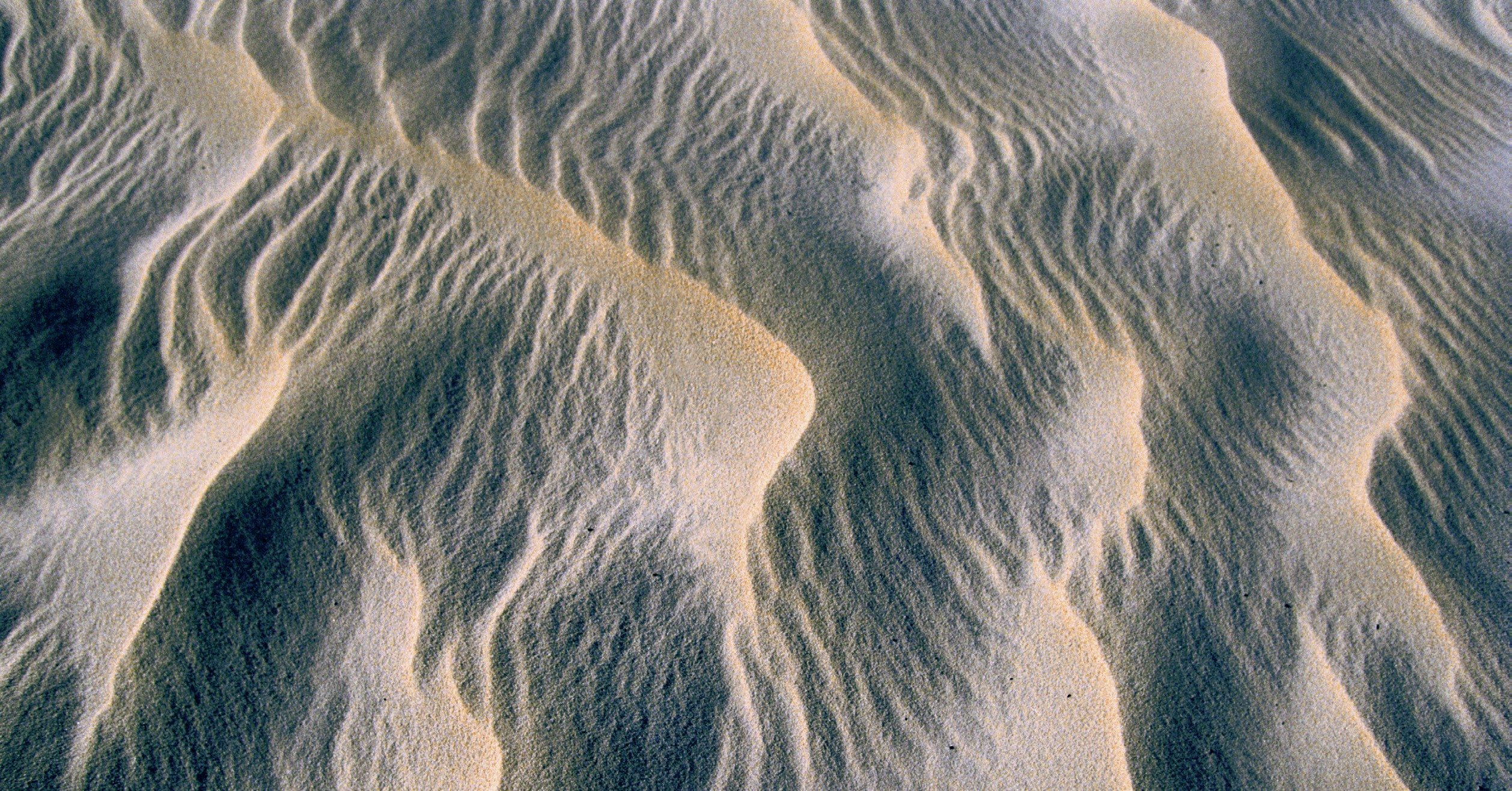
Around one third of the land on Earth can be classified as dryland (Figure 1), where there is a waterbalance deficit (Box 1). At A-level the focus is on warm drylands, but the definition includes cold polar deserts experiencing only a little snowfall. The four main reasons for aridity in warm deserts (see GEOGRAPHY REVIEW Vol. 28, No. 2) are:
■ dry subsiding air in high-pressure zones beneath the descending limbs of the Hadley Cells
Your organisation does not have access to this article.
Sign up today to give your students the edge they need to achieve their best grades with subject expertise
Subscribe




